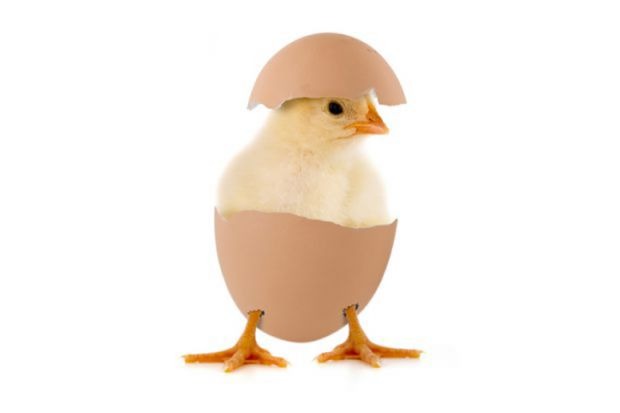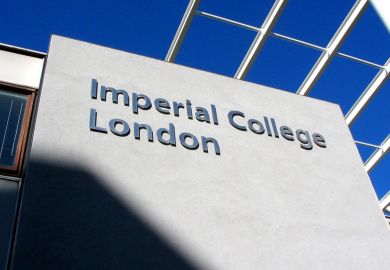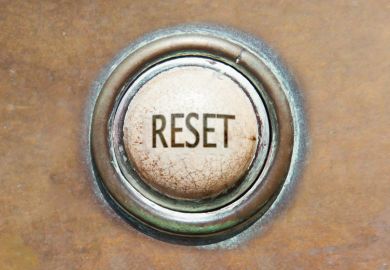The increasingly frantic pace of modern research and the mountains of scholarly articles being published can make it all the more difficult for scientists to keep abreast of what is cutting edge in their field.
And although ever more sophisticated tools exist to help researchers keep on top of developments, is there a possibility that scholars may sometimes pick up on new insights primarily from mainstream news coverage and social media?
Research from academics in the US certainly leaves open this possibility after a study found evidence of a strong link between media coverage and citation impact.
The authors of the study, from Brigham Young University in Utah, analysed the scientific and non-scientific impact of more than 800 academic research papers on physical health and exercise published in 2007 and 2008.
Using scores produced by alternative metrics evaluator Altmetric, as well as looking at specific mentions on Twitter and Facebook, the researchers compared this with the number of citations received over time.
They also made efforts to account for the reputations of the papers’ authors and of the journals in which the articles were published.
The analysis, published in Plos One, showed a “strong positive association” between scientific and non-scientific impact, “indicating that scientific experiments receiving more attention in…media such as mainstream news and/or social media are cited more in the peer-reviewed scientific literature”.
It says this means either that news outlets and social media are covering the papers with the most scientific impact or that “increased coverage of a scientific article increases the likelihood of an article receiving scientific citations”.
However, the authors stress that they were unable to “confidently assert” any causal link or the chronology of how the types of impact – and the reputational factors – might interact.
“Specifically, the current results do not indicate that scientists, or their associated institutions, will experience greater scientific impact by enlarging their media relations staff or expanding their social media outreach,” the paper says.
“On the other hand, given the strong association between [non-scientific impact] and [scientific impact], this research does indicate that scientists and institutions should carefully consider the impact of popular and social media when striving to expand their influence or evaluate the influence of individual scientists.”
One of the authors, Matthew Seeley, professor of exercise sciences at Brigham Young, said more research was needed to “to investigate causality between scientific attention (ie, citations) and popular media coverage”, which could be done by looking at the “temporal sequence” between the two for individual articles.
However, he added, it “would indeed be troublesome” if it was found that scientists were giving more attention through citations “to research receiving more popular media coverage…especially if that increased attention is based only upon the increased popular media coverage”.





